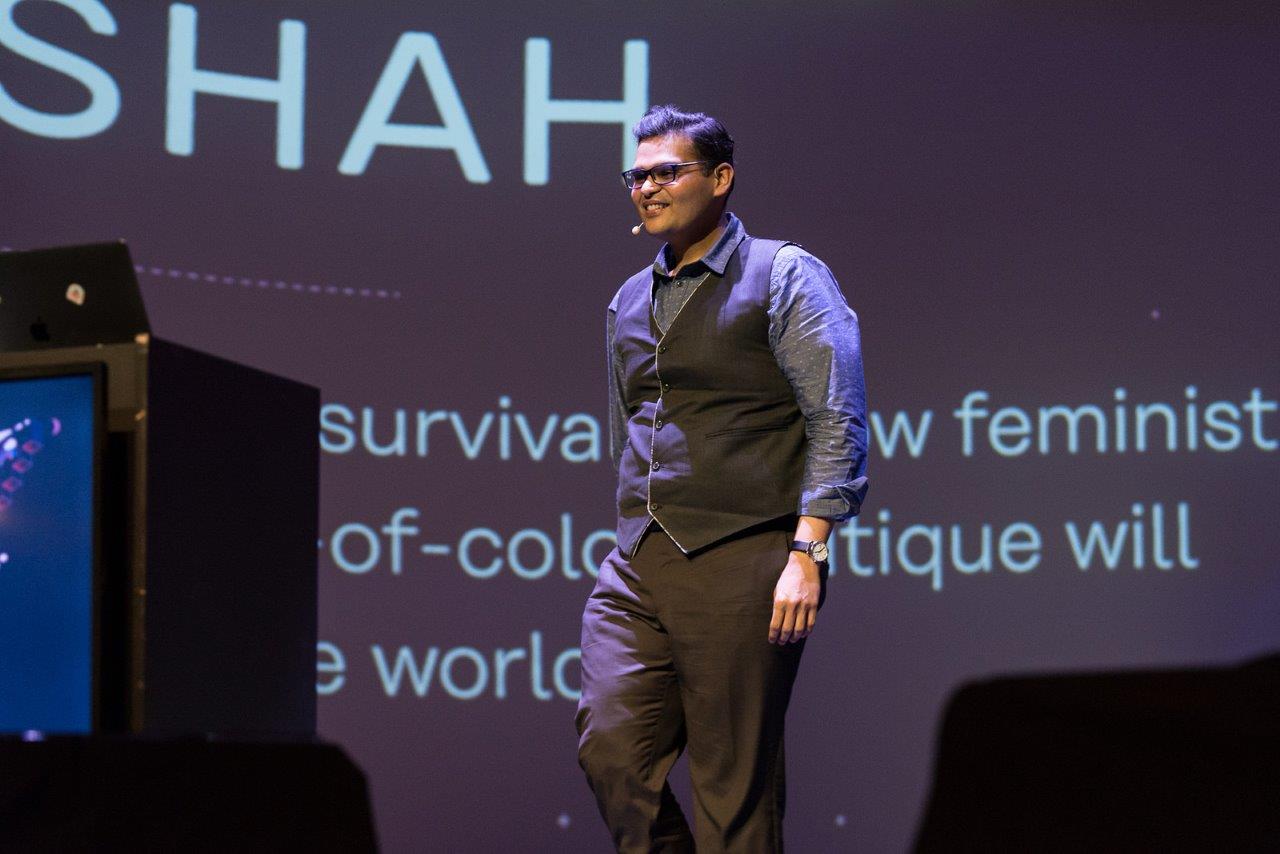Kashmir’s digital blackout marks a period darker than the dark side of the moon
While we mourn the loss of connection with the moon, remembering a digital blackout closer home When the news came, I was struck with a profound sense of loss. The iced coffee on my desk wept condensed tears as social media started flooding with the news that we have lost contact. There is a complete communication blackout. The last minutes which were the most critical, are now shrouded in mystery. We are doing all we can to reach out, to ping, to find a way to get some information — any information — that tells us that things are all right. People are waiting with bated breath to see if a connection will be made. There is widespread anxiety that comes from knowing that something historic has happened but there is a complete lack of knowledge about it. At this point, all attempts at trying to get more information are proving to be futile. The devices that we have pinned our optimism to — seldom remembering that hardware fails — and the streams of communication that have become our digital Continue Reading …
